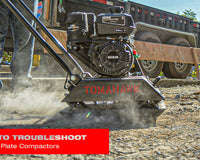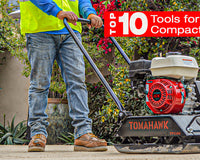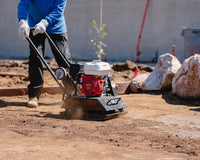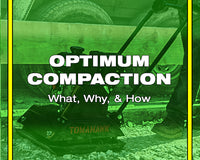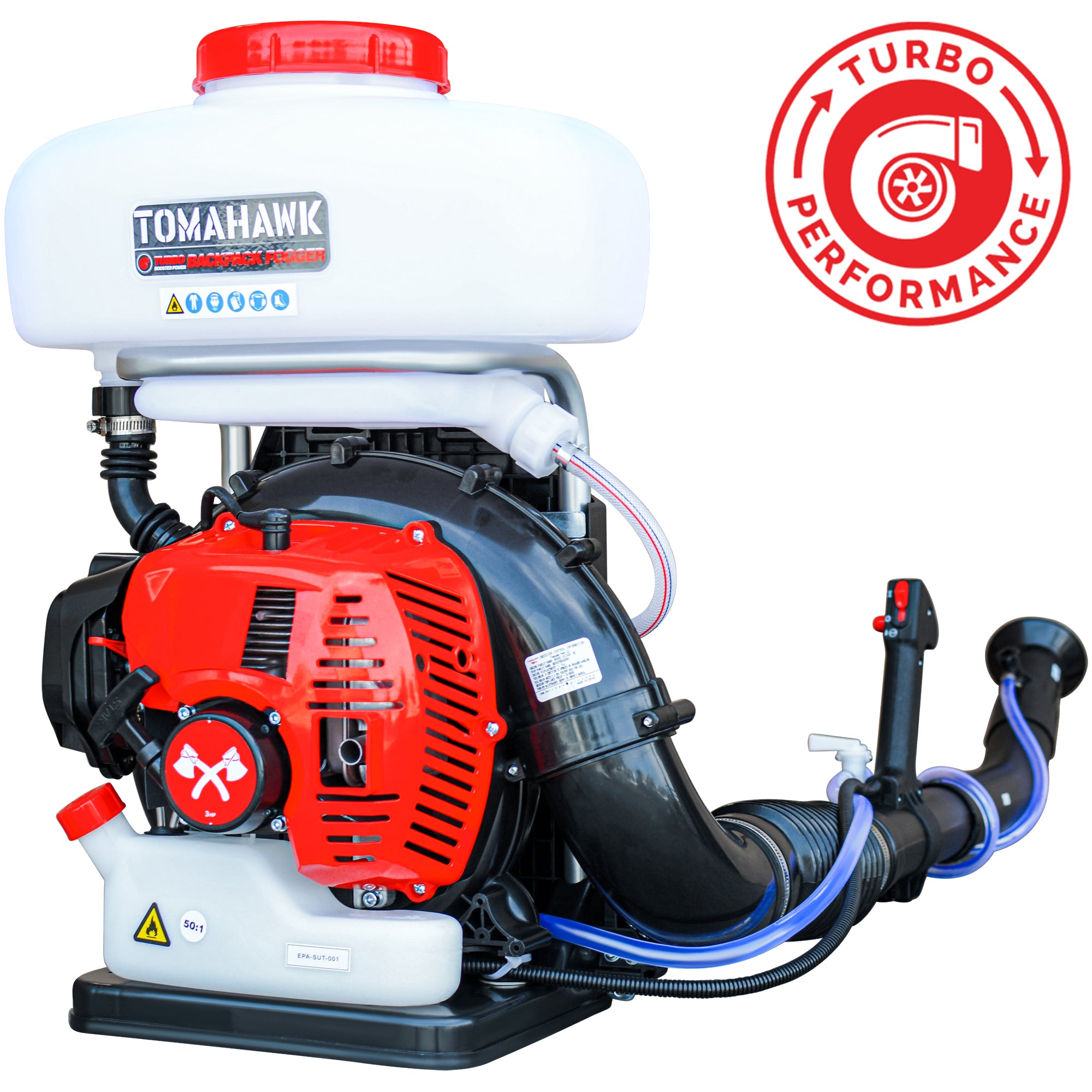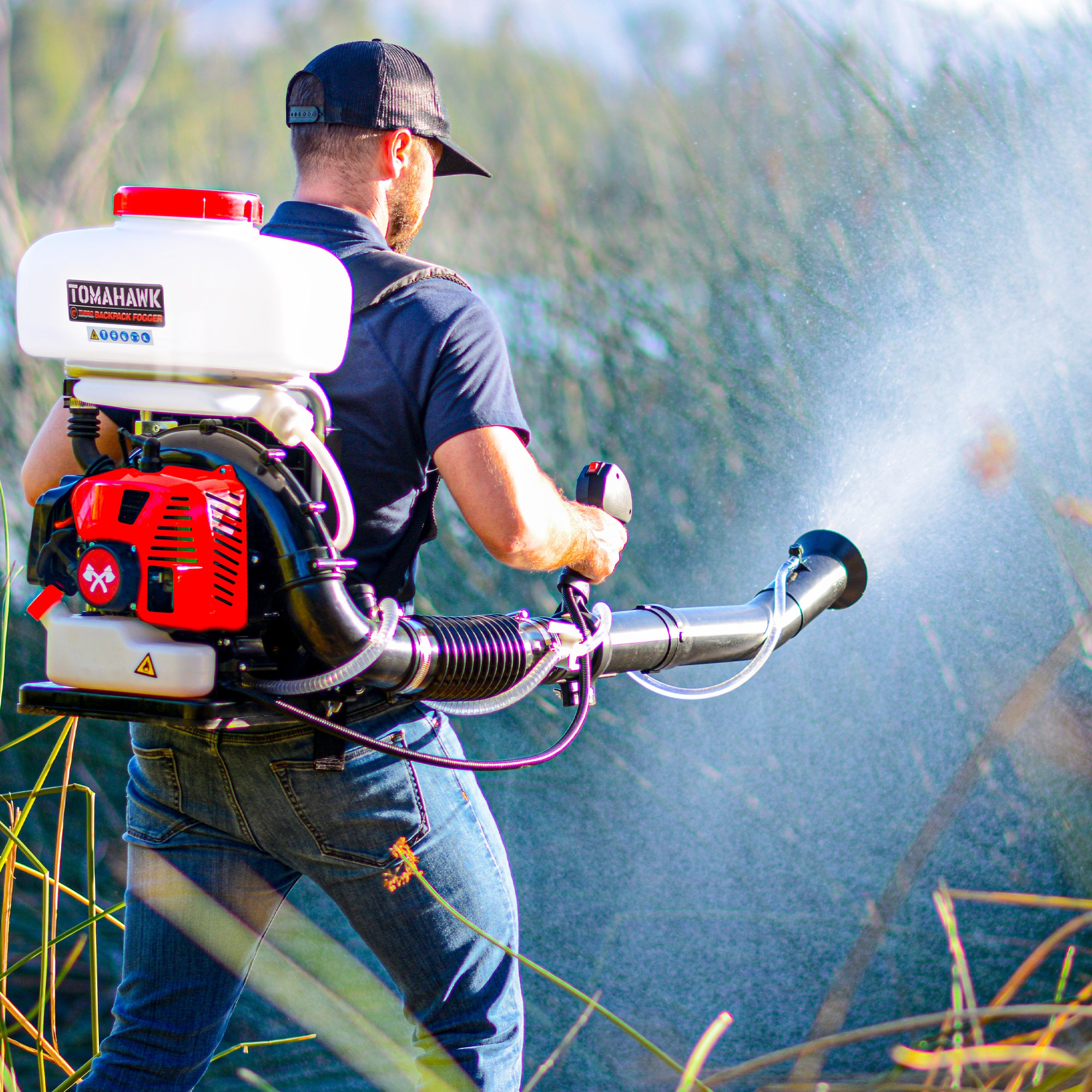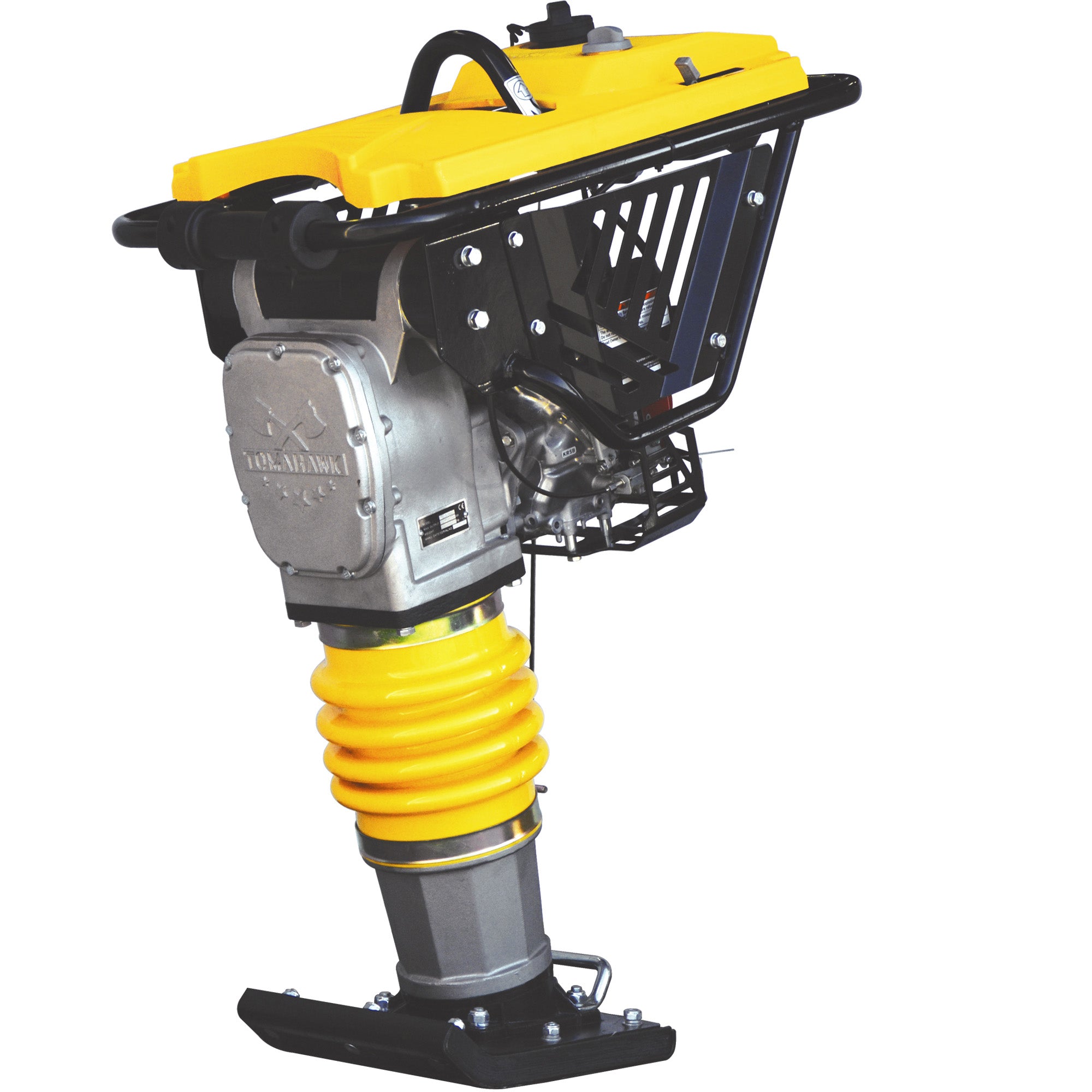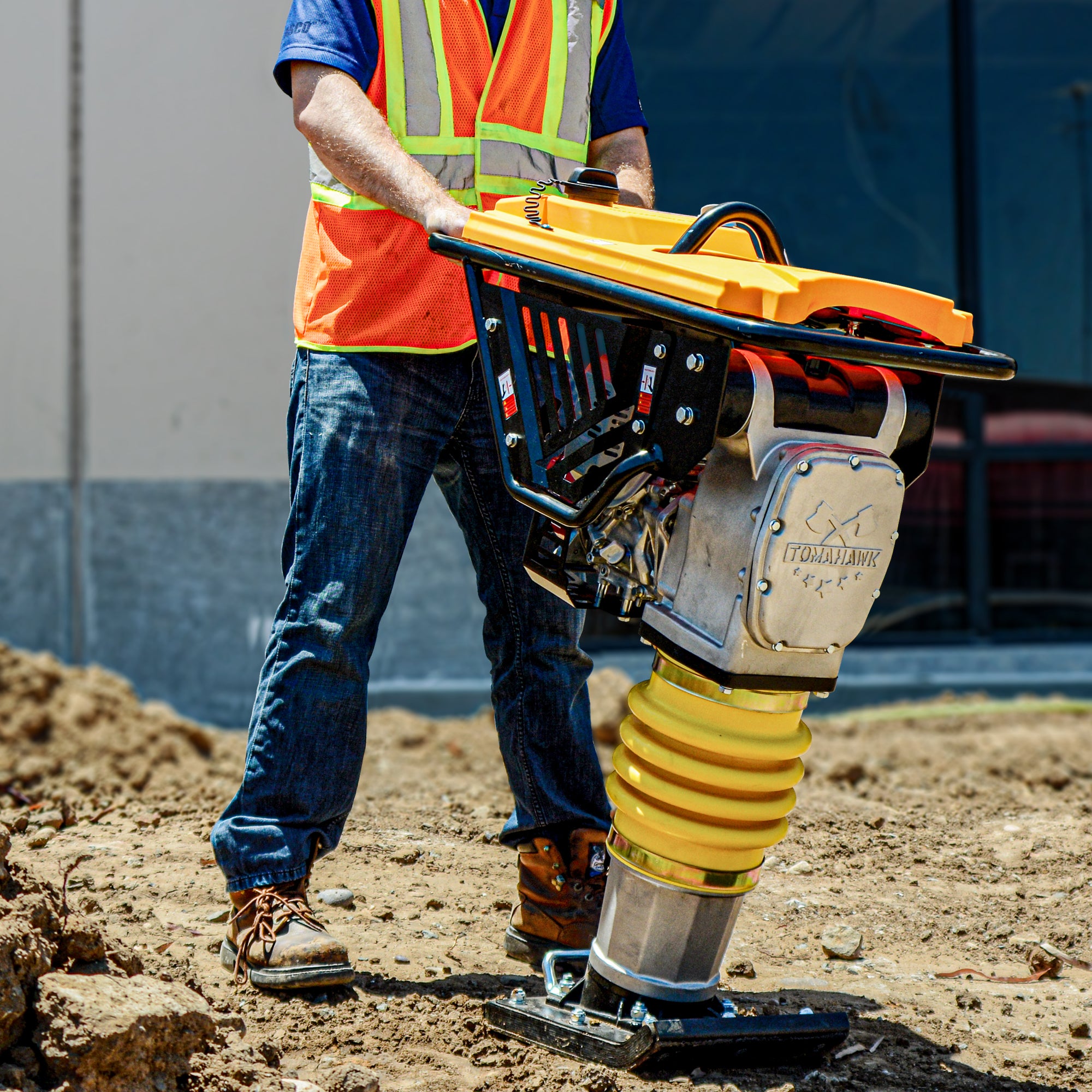Installing large-format pavers, stone slabs, and concrete blocks can be one of the most physically demanding tasks in landscaping and construction. As site conditions become more complex and materials heavier, contractors and DIYers alike are searching for better ways to move these elements efficiently. That’s where paver slab vacuum lifters come in—quietly transforming how jobs get done without the need for excessive manpower or risky maneuvers.
Why Traditional Methods Fall Short
Manually handling pavers not only slows down projects but increases the chance of accidents. Lifting heavy concrete slabs or stone tiles often requires multiple crew members and carries the risk of back injuries, dropped materials, and uneven placement. It’s no surprise that professionals in the industry are shifting their focus to smarter tools.
As public speaker and construction safety trainer Alvaro Reyes once said:
"The tools we choose directly impact our team’s safety and jobsite morale. If you want your crew to last, invest in methods that protect them."
— Alvaro Reyes, Safety Consultant & Public Speaker
A More Ergonomic Approach
Vacuum lifters for pavers allow for precise, one-person operation—turning once-cumbersome lifting tasks into smooth, controlled placements. This reduces physical strain and eliminates the need for multiple hands on every slab. Tools like the Tomahawk TVL440 Vacuum Lifter exemplify this shift, offering powerful suction and modular pads for adapting to a variety of stone sizes and surfaces.
Precision Placement with Less Risk
Whether you're learning how to install large-format pavers or simply need the best way to move large pavers into tight corners, vacuum lifters offer unmatched control. Their high-flow suction systems securely grip dense, non-porous materials like granite, concrete, and porcelain—making them ideal tools for laying pavers without chipping or cracking.
This advantage is especially helpful for landscape contractors working with delicate surfaces, like installing heavy porcelain pavers or maneuvering custom countertops into place. Plus, vacuum suction lifters for landscaping reduce the risk of scuffs and breakage during transfer.
Time and Labor Savings on Every Project
The benefits aren’t just physical. Using a slab lifter for hardscaping can drastically reduce labor costs by streamlining material handling. When one team member can lift and position a paver slab without strain—or worse, injury—everyone works faster and more confidently. For contractors juggling multiple deadlines, that efficiency adds up.
Vacuum lifters also shine in scenarios involving hard-to-access areas, such as backyard patio paver installation or residential pathways where wheelbarrows and forklifts fall short.
The Versatility Pros Count On
Vacuum lifters are not just for concrete. They double as ergonomic tools for stone placement, countertop installation, and even lifting tombstones and monuments safely. Interchangeable pads and lightweight frames make them versatile additions to any contractor’s equipment lineup.
With increasing demand for safer, more effective paver lifting tools, it’s no surprise that vacuum lifters are gaining ground on every kind of jobsite—from compact residential patios to sprawling municipal walkways.

